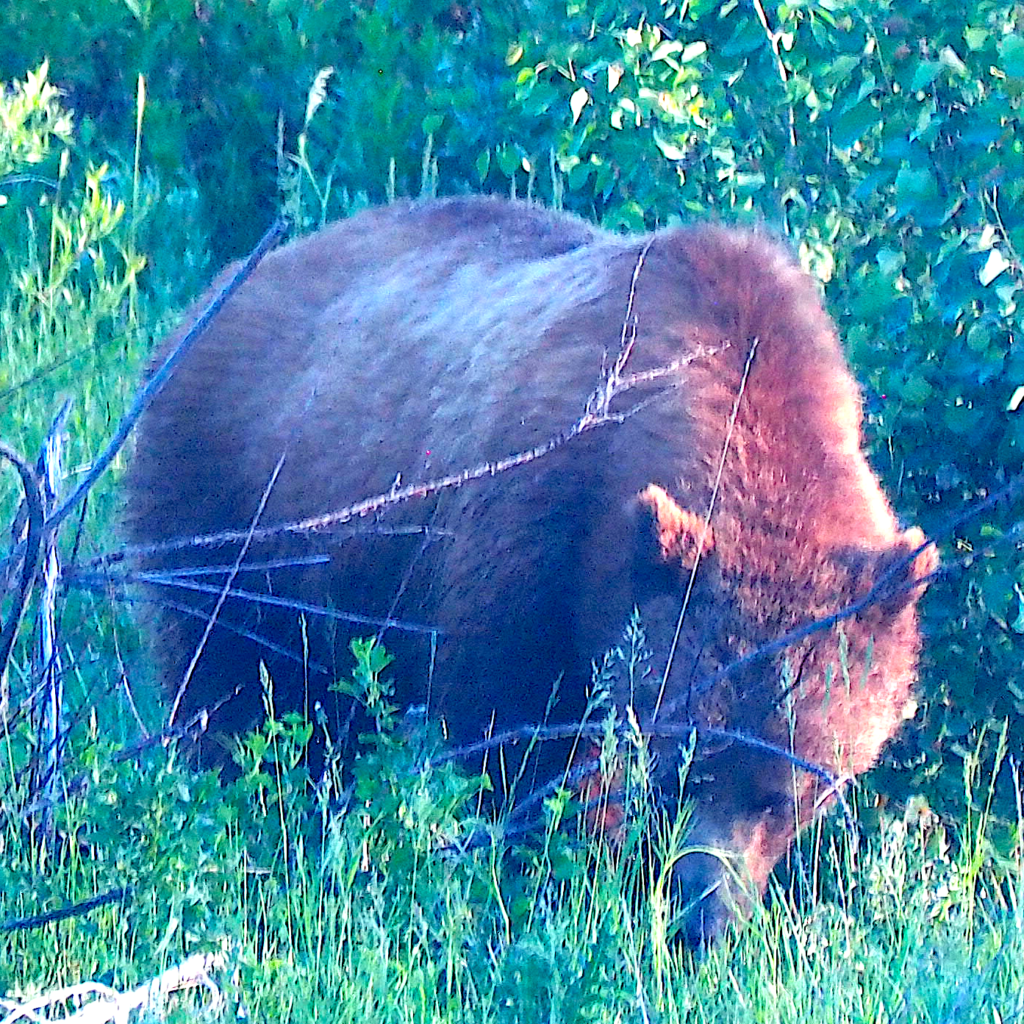
There is growing science that indicates that we may be more in control of our emotions than previously thought, even in intense situations. Previous conventional wisdom went something like this: I see a grizzly bear (issue), I feel fear, and then my body dumps fight or flight chemicals (such as adrenaline) into the body. Current insights say that this may be the wrong order. Instead: I see a grizzly bear, there is the fight/flight chemical rush, and then the emotion presents. In the wild, you may feel fear at the very sight of the bear because of reading one article of a grizzly attack, while the park ranger next to you remains well-intentioned and capable of effective action. They pay attention to their emotional reaction. If this is true, then we have much more control of our emotions than previously thought.
What are the emotions you are cultivating, either by intent or by old patterns? Are they negative such as, doom-and-gloom, distrust, fear, or do you choose other emotions such as optimism, trust, and courage? Leaders do not need to be happy all the time, and, of course, there are times when it is appropriate to momentarily bring in more negative moods to facilitate attention to a subject. That said, it is important to think of our emotions in the context of how they affect our thoughts, feelings, and action tendencies, and how these support action forward. Emotions are pliable.
Social scientists have identified several emotions that can support increased success, and the three positive emotions below are worthy of our daily attention in leadership:
Compassion: Compassion is the intentful recognition of the challenges of others. In really paying our full attention to what others struggle through by itself can motivate people to step in and take supportive action and dialog. In compassion, I move with deep appreciation of your challenges and commit to moving with youin resolving these challenges
Gratitude: Keenly observing opportunities for thankfulness and expressing such builds deep emotional bonds and increases the confidence of others – even in moments where we are challenged. If you cannot express gratitude every day, you’re not paying attention.
Awe: If I am in awe of your skills and ability to produce positive outcomes, I can choose to feel admiration and reverence. When we are in awe, we are more likely to step into bold action and to seek out the talents of others.
These three emotions are focused on others, making them self-transcendent. They provide a deep grounding to step into seeing ourselves both responsible and capable of achieving things larger than ourselves. They build the depth of relationship and emotional trust that invites and compels people to partner in our initiatives. Pick one starting now to dominate your intentions and your interactions with others and enjoy the new possibilities it creates, and make it a practice. We’ll also be more prepared for the next “grizzly bear” encounter in our leadership.
Photo © Mark Haeussler 2021

